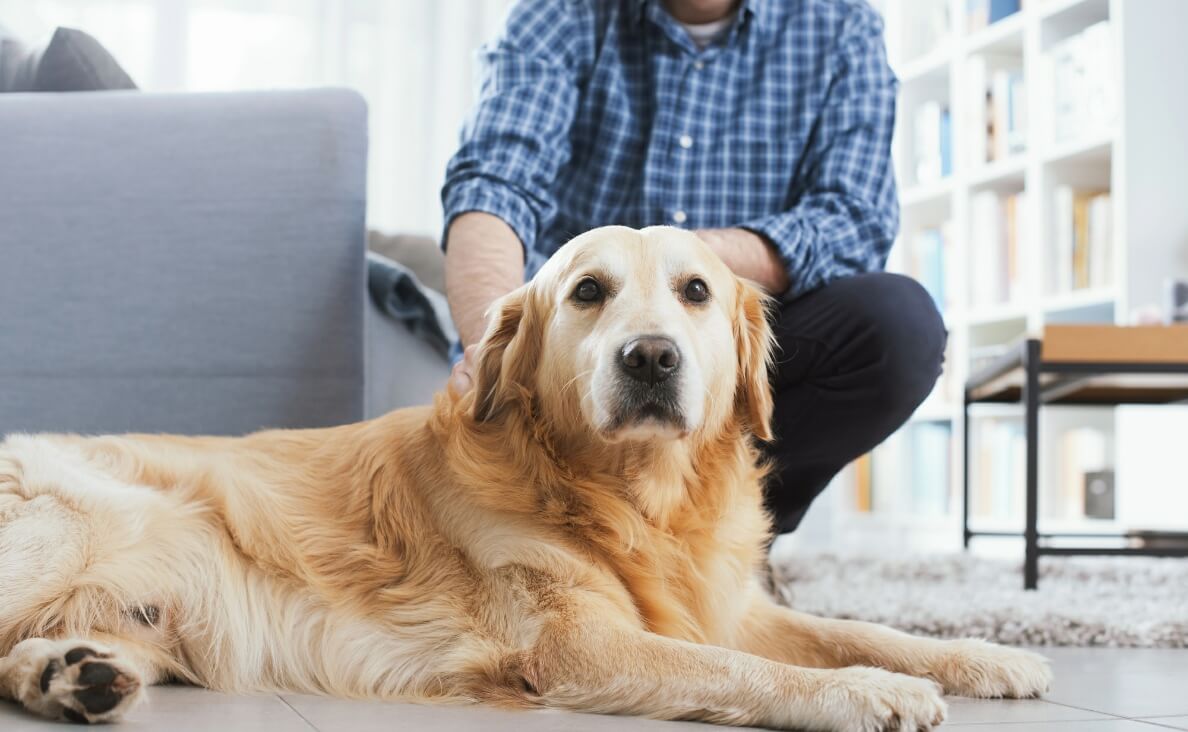
As our beloved furry companions grow older, they embark on a new phase of life that requires extra care, patience, and understanding. Aging in dogs is a natural process, but it can vary greatly depending on factors like breed, size, and overall health.
Recognizing the signs of aging and adapting to their evolving needs is crucial for ensuring their golden years are filled with comfort and joy. This blog delves into what aging in dogs looks like, common health concerns, and practical ways to support your senior dog.
What Does Aging in Dogs Look Like?
Physical Signs of Aging in Dogs
One of the first noticeable signs of aging in dogs is a change in their physical appearance. Their once boundless energy may start to wane, and you might find them moving a bit slower than before. Grey hairs, particularly around the muzzle, are a common and endearing sign of aging. Changes in coat texture, such as dryness or thinning, can also occur.
Vision and hearing may decline as well. Some dogs develop cloudy eyes due to age-related conditions like cataracts, and they may be less responsive to sounds. Observing these changes early on allows you to make adjustments to ensure their safety and comfort.
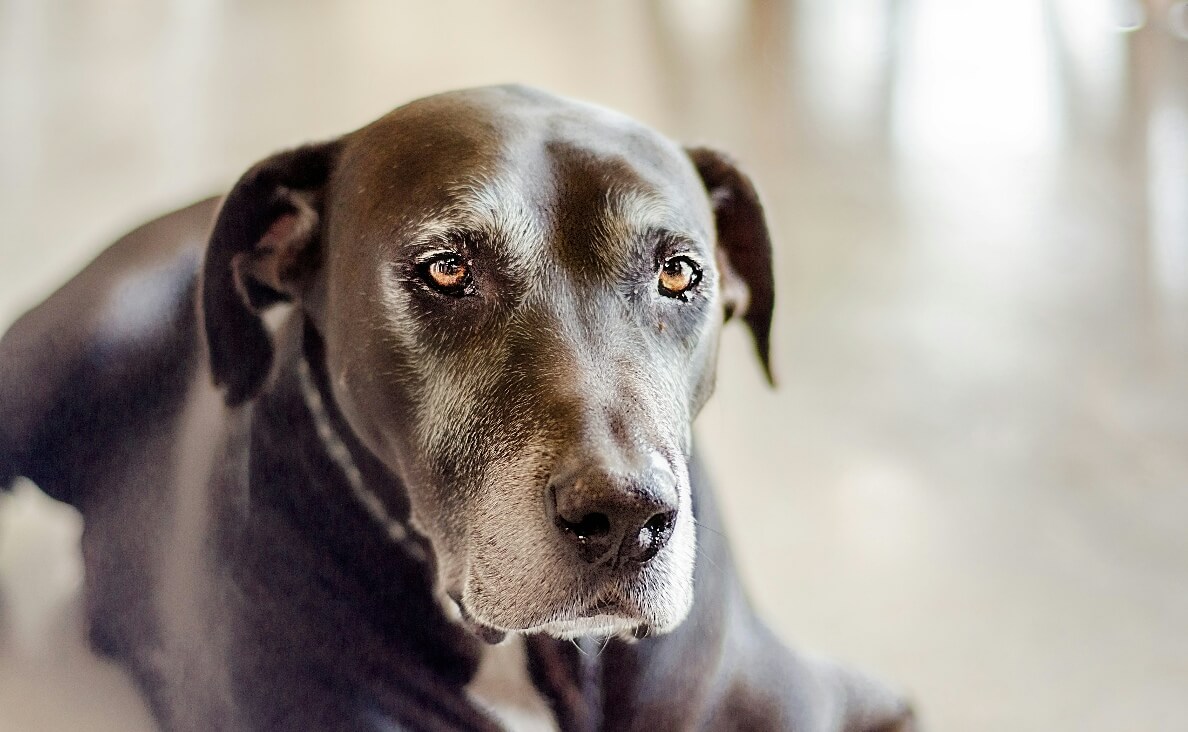
Behavioral Changes in Aging Dogs
Aging in dogs is not just about physical changes; behavioral shifts often accompany this stage. Your dog might sleep more than usual or, conversely, experience restlessness during the night. Changes in appetite—either eating less or more—can also signal aging.
Cognitive decline, known as canine cognitive dysfunction (similar to dementia in humans), can manifest as confusion, forgetfulness, or even getting “lost” in familiar places. These changes can be subtle, but being attentive to them helps you provide the right care and support.
Health Concerns Common in Aging Dogs
Joint and Mobility Issues
One of the most prevalent issues in aging dogs is joint discomfort, often caused by arthritis or decreased flexibility. You may notice your dog having difficulty climbing stairs, jumping onto furniture, or getting up from a resting position. Low-impact exercises, such as short walks or swimming, can help maintain their mobility without causing strain. Supplements like glucosamine and chondroitin can also support joint health.

Chronic Conditions
As dogs age, they become more susceptible to chronic health issues such as heart disease, kidney problems, and diabetes. Regular veterinary check-ups are essential for early detection and management of these conditions. Your vet might recommend diagnostic tests, such as blood work or X-rays, to monitor your dog’s overall health.
Weight Management
Maintaining a healthy weight is vital for aging dogs. Obesity can exacerbate joint problems and lead to other health complications, while being underweight can indicate underlying health issues. Providing a balanced diet tailored to their needs helps keep your dog at an ideal weight.
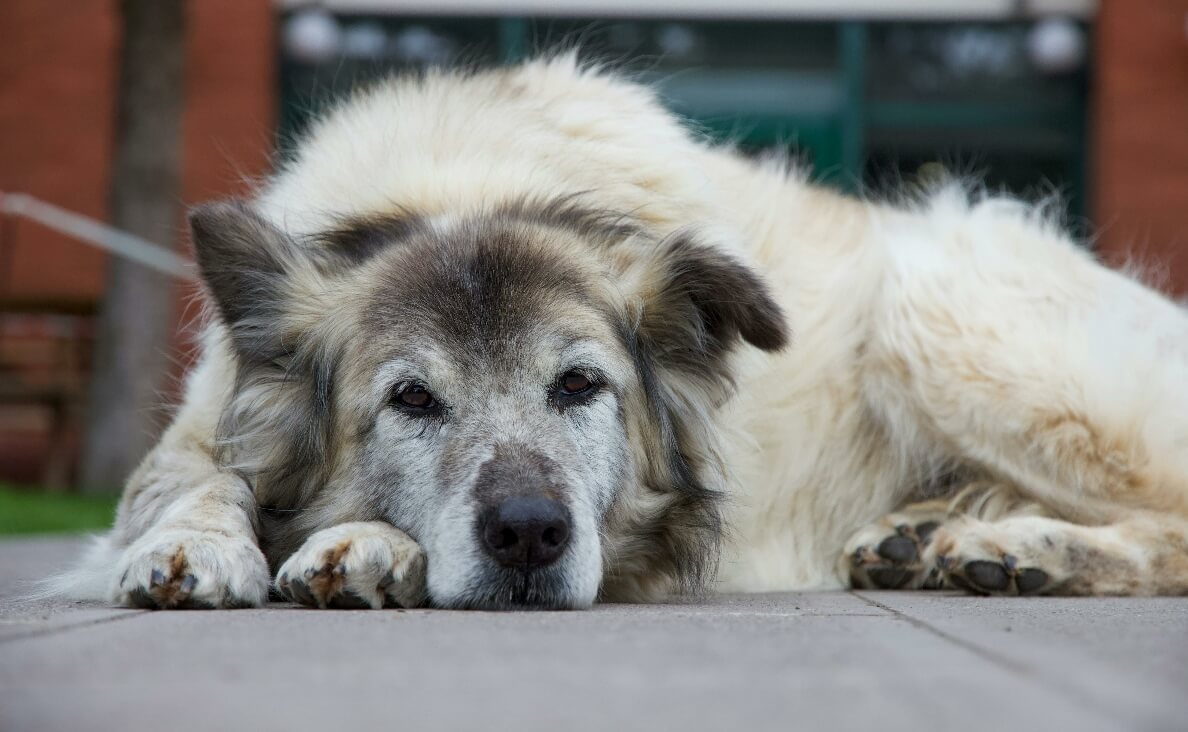
How to Support Your Aging Dog
Adjusting Their Environment
Creating a senior-friendly environment is key to supporting your aging dog. Orthopedic beds provide extra cushioning for sore joints, while ramps and non-slip flooring help them move around more comfortably. If your dog struggles with mobility, placing their food and water bowls at an accessible height can reduce strain.
Maintaining a consistent routine is equally important. Predictable schedules for meals, walks, and playtime reduce stress and create a sense of security for your dog.
Diet and Nutrition for Aging Dogs
As dogs age, their nutritional needs change. High-quality, nutrient-dense foods that are easy to digest should become a staple of their diet. Many senior dog foods are formulated to include ingredients that support joint health, boost immunity, and maintain a healthy weight.
Adding supplements, such as omega-3 fatty acids and antioxidants, can further enhance their diet. Omega-3s reduce inflammation and promote joint health, while antioxidants combat oxidative stress, a factor in aging.
Always consult your vet before introducing new supplements.
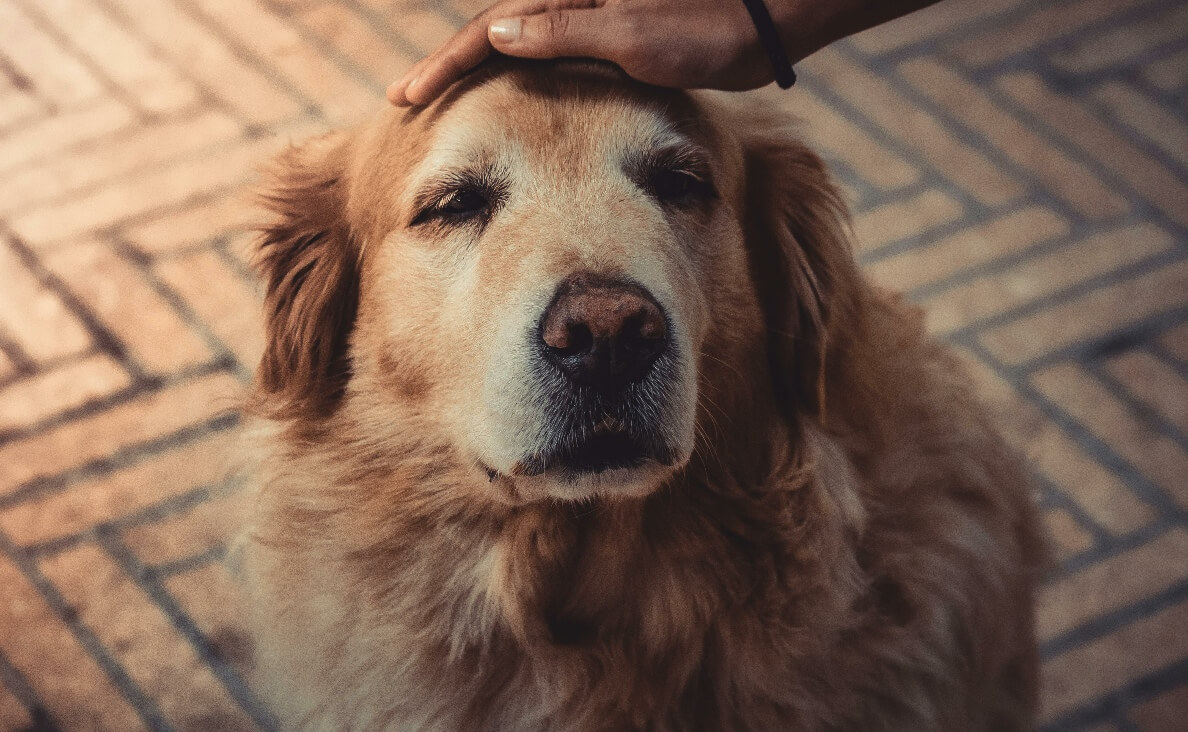
Mental and Physical Stimulation
Keeping your dog active is vital for their mental and physical well-being. While they might not have the same energy as their younger days, gentle walks and interactive toys can keep them engaged. Puzzle toys or treat-dispensing games are excellent for stimulating their cognitive functions.
Training games, like teaching new tricks or reinforcing old commands, can also provide mental enrichment. Remember to adjust activities to match their physical capabilities to avoid overexertion.
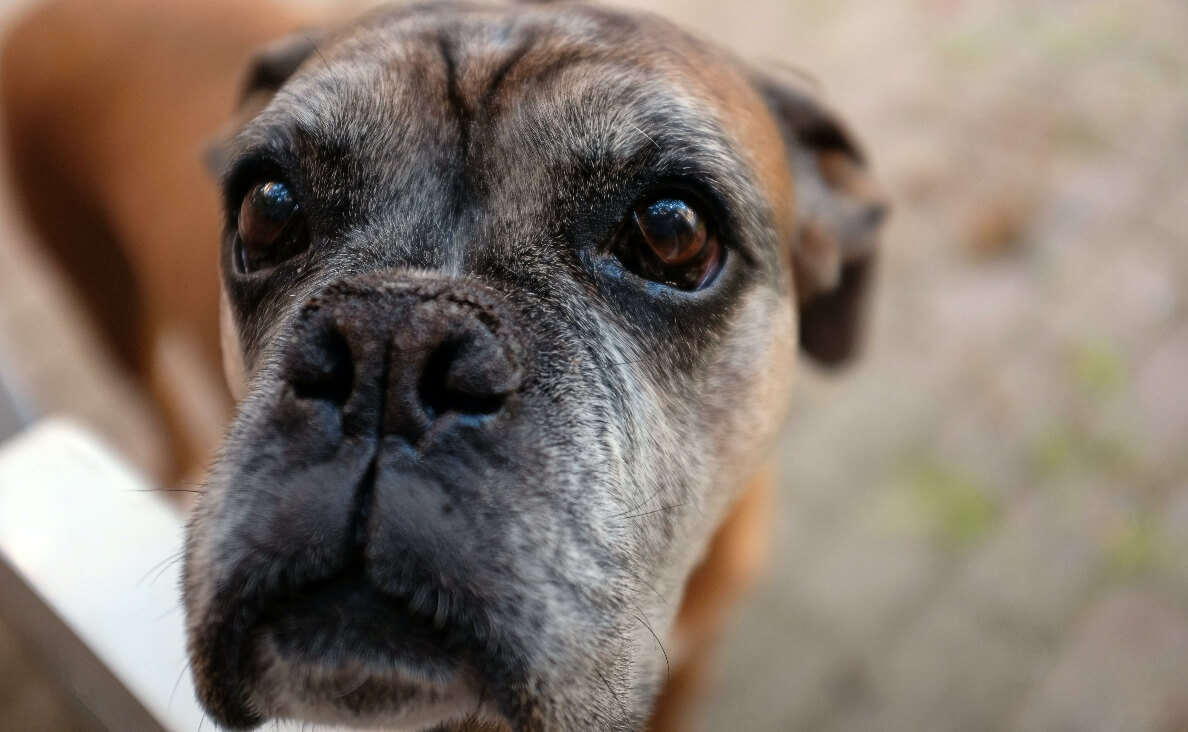
Final Thoughts
Aging in dogs is a natural part of life, and with the right care, it can be a beautiful and fulfilling time for both you and your furry friend. By recognizing the signs of aging, addressing their health concerns, and making thoughtful adjustments to their environment, you can ensure their senior years are as happy and comfortable as possible.
Every moment spent with our dogs is precious, and their golden years are an opportunity to deepen the bond you share. With love, patience, and proper care, you can continue to create cherished memories together.
What changes have you noticed in your senior dog, and how have you adapted to meet their needs?

 Can Dogs Eat Potatoes? The Truth About Starchy Vegetables
Can Dogs Eat Potatoes? The Truth About Starchy Vegetables Train Your Dog to Help with Household Chores
Train Your Dog to Help with Household Chores 11 Things to Consider Before Volunteering at a Dog Rescue Center
11 Things to Consider Before Volunteering at a Dog Rescue Center 9 Reasons to Take Your Dog to the Groomer Regularly
9 Reasons to Take Your Dog to the Groomer Regularly How Long Does It Take to Potty Train a Puppy?
How Long Does It Take to Potty Train a Puppy?






Leave a Reply